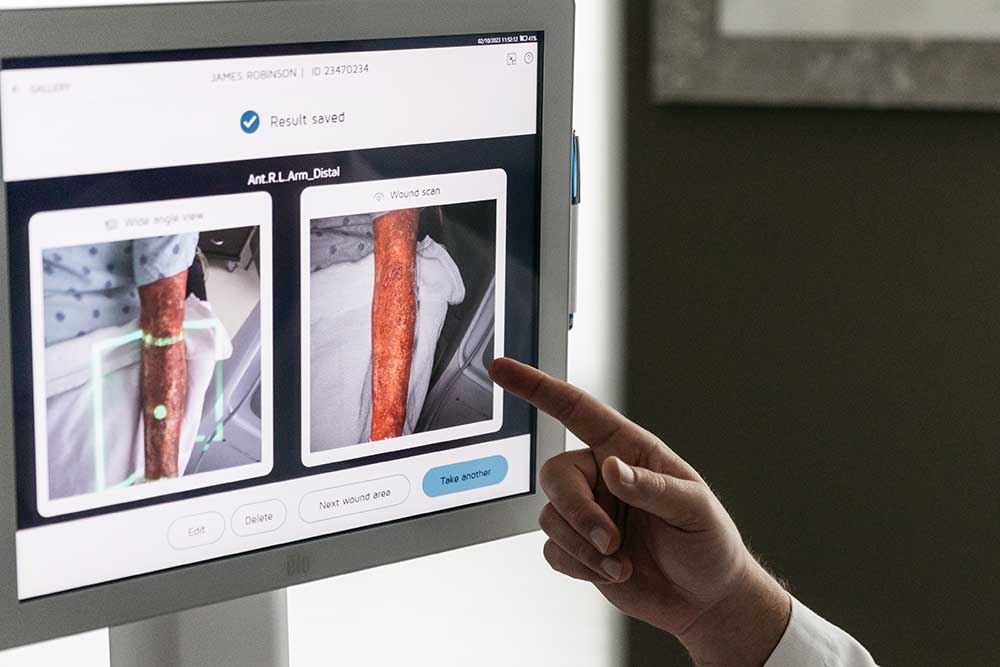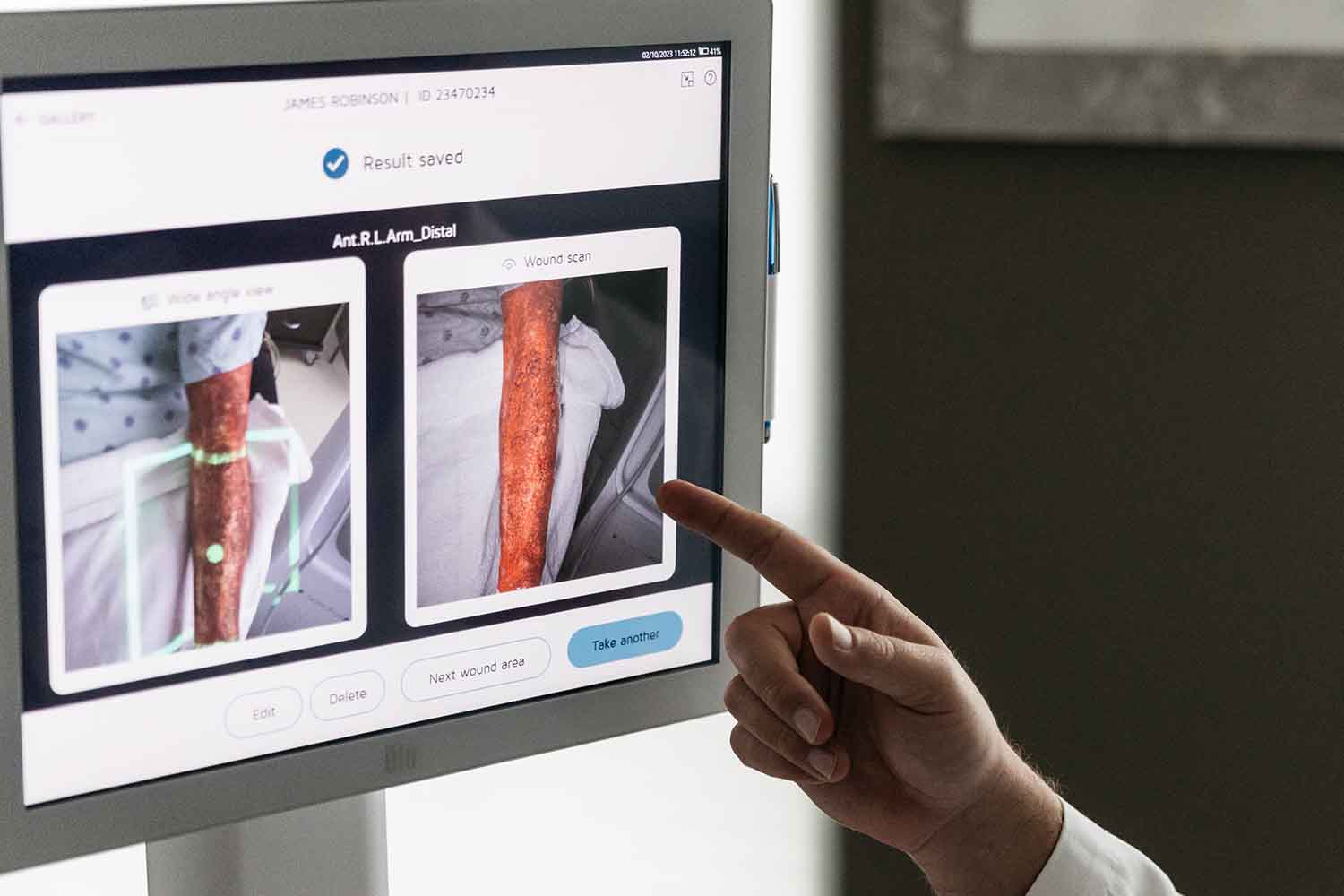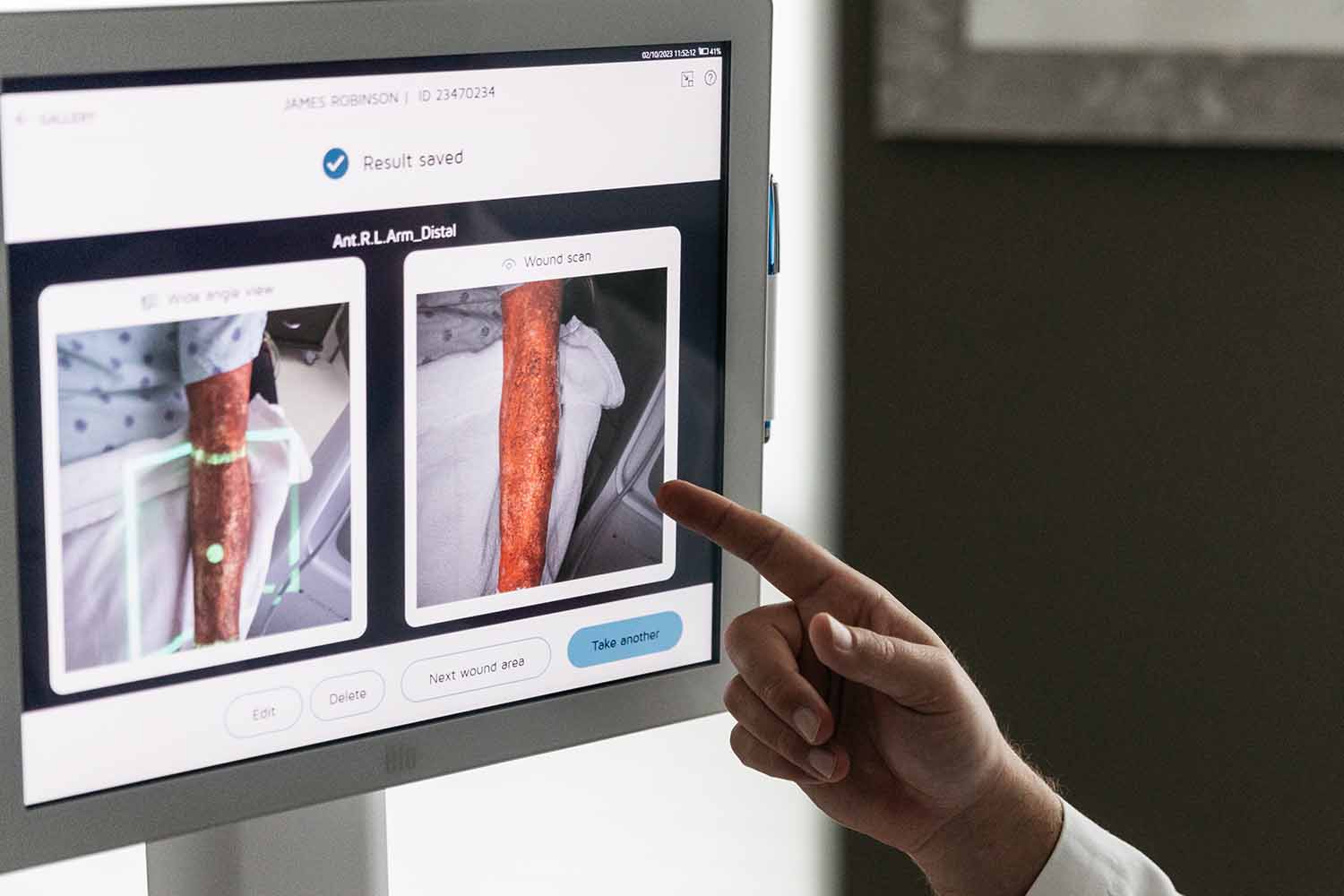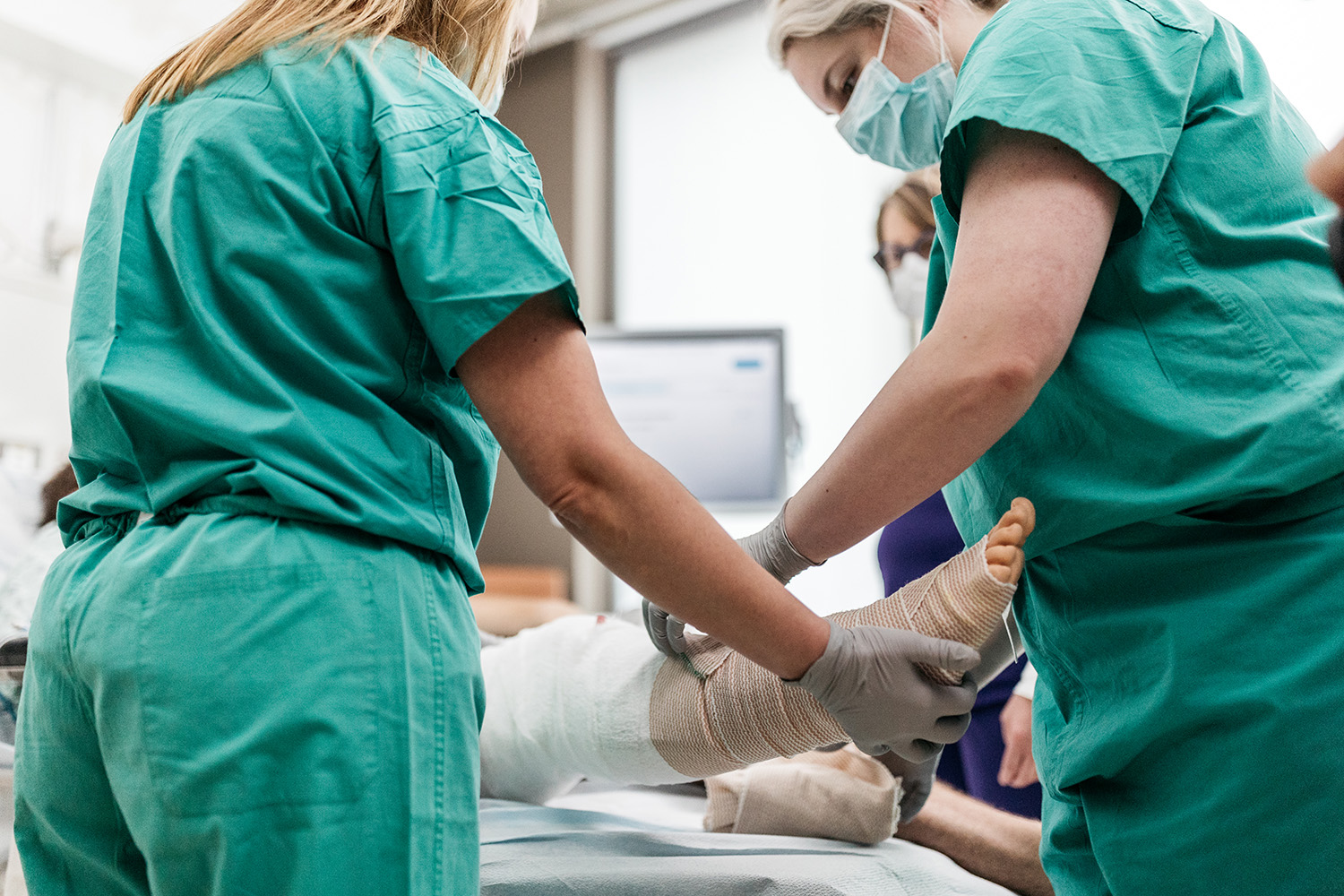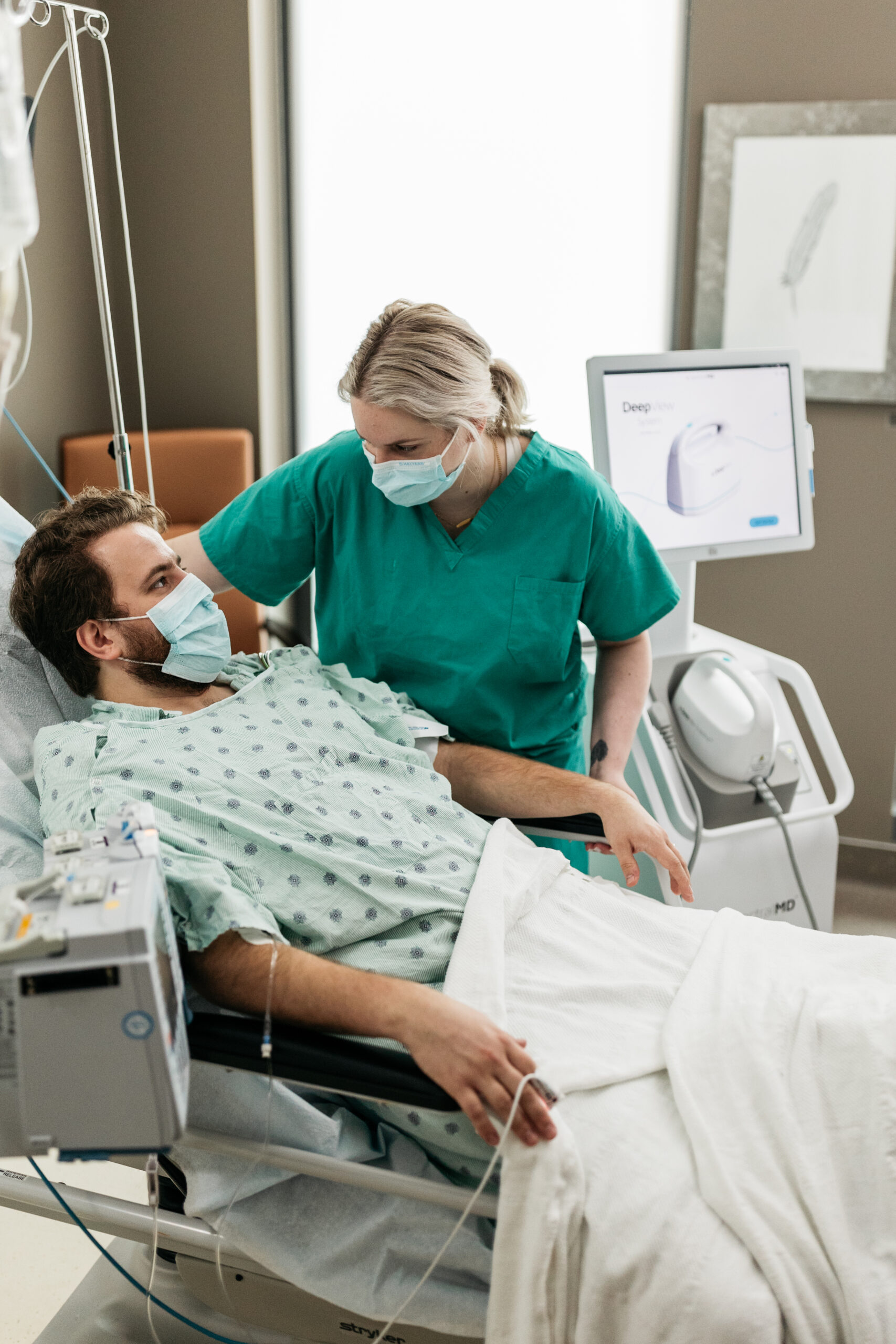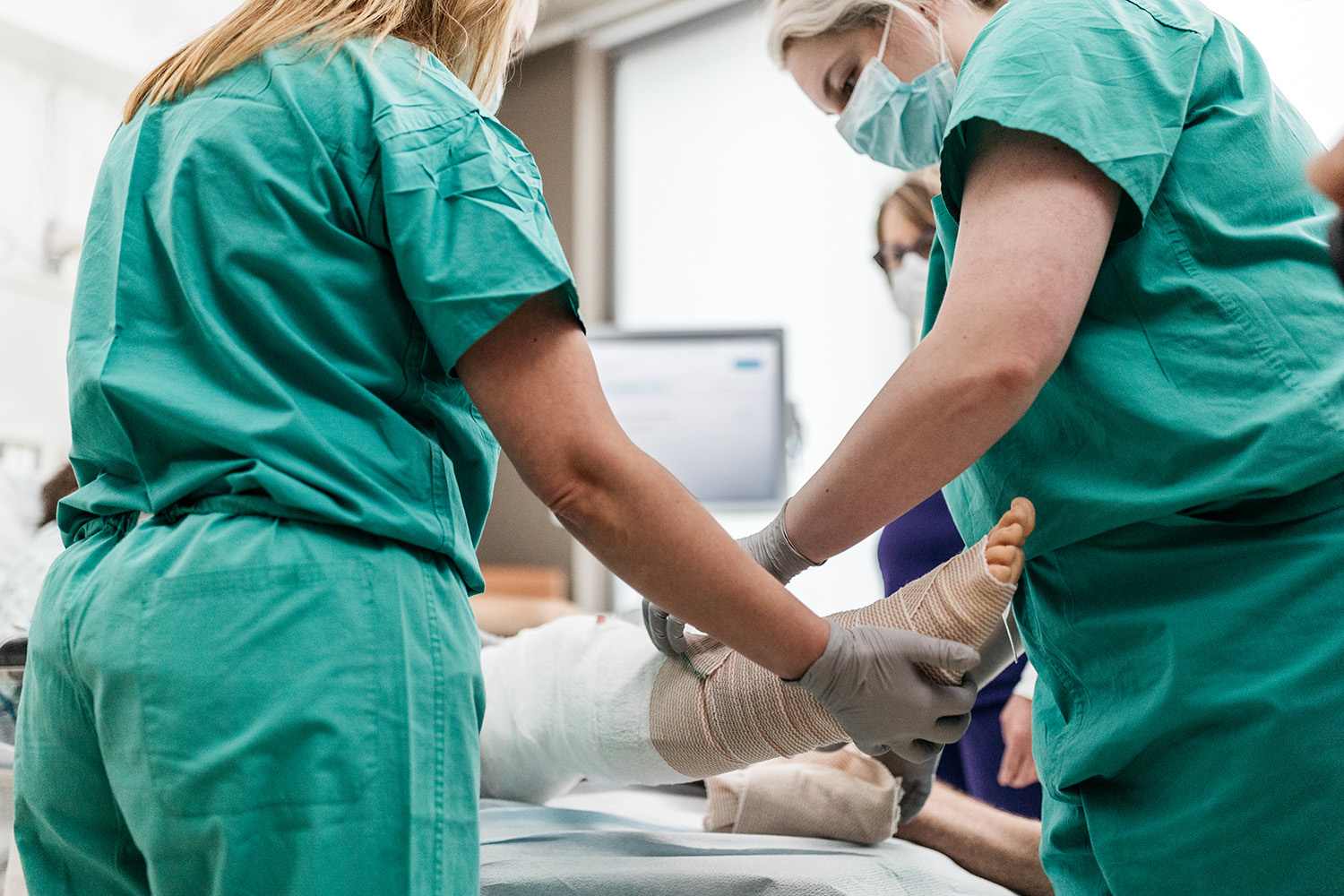Every wound tells a unique story – a narrative of pain, resilience, and the journey toward healing. Care providers are entrusted with the crucial task of deciphering these narratives through meticulous wound assessment. Precision and accuracy in wound assessment can be the difference between healing and continued infection.
Importance of Wound Assessment for Patient Care
Wounds, varying in etiology and complexity, present unique challenges in the clinical landscape. From superficial abrasions to complex chronic wounds, the process of evaluating wounds goes beyond mere observation; it requires an understanding of the interplay between tissue dynamics, healing mechanisms, and patient well-being. The ability of caregivers to conduct thorough and precise wound assessments holds immense significance in understanding the unique needs of each patient, guiding treatment interventions, and fostering optimal healing outcomes.
Central to wound assessment is the meticulous evaluation of wound size, depth, and dimensions. These objective measurements serve as quantitative benchmarks, enabling us to track healing progress and monitor therapeutic interventions with precision. Additionally, assessing the characteristics of the wound bed, including tissue viability, presence of necrosis, and formation of granulation tissue, offers invaluable insights into the underlying pathophysiology of wounds and guides targeted treatment strategies.
Beyond the confines of the wound itself, assessing the integrity of surrounding tissue is equally imperative. Periwound assessment enables us to identify signs of inflammation, infection, or compromised perfusion, which may impede the healing process and necessitate adjunctive interventions. Moreover, integrating patient-centered parameters, such as pain assessment and functional status, enhances our holistic understanding of the wound’s impact on individual well-being.
Wound assessment embodies a systematic and methodical approach grounded in evidence-based practice. By embracing this technical perspective, healthcare providers empower themselves to navigate the complexities of wound care with proficiency and efficacy.
The Triangle of Wound Assessment
The Triangle of Wound Assessment3 is a conceptual framework that guides healthcare professionals in conducting holistic wound management. This innovative approach emphasizes the importance of assessing not only the wound itself but also the periwound skin to achieve optimal healing outcomes and improved patient well-being. The Triangle of Wound Assessment consists of three key areas: the wound bed, the wound edge, and the periwound skin. By focusing on these interconnected components, healthcare providers can effectively evaluate wounds, set clear management goals, select appropriate treatments, and involve patients in their care planning and treatment decisions
Evaluation of the Wound Bed
This component focuses on evaluating the characteristics of the wound bed, including tissue viability, presence of necrosis, formation of granulation tissue, and signs of infection or inflammation. Assessing the wound bed provides insights into the underlying pathophysiology of the wound and guides treatment decisions, such as debridement or infection management.
Evaluation of the Wound Edge
The periwound area encompasses the skin surrounding the wound. Assessment of periwound tissue involves evaluating skin integrity, signs of inflammation or infection, presence of edema, and evidence of compromised perfusion. Changes in periwound tissue may impact wound healing and necessitate adjustments in wound care interventions.
Evaluation of the Periwound Skin
The wound edge refers to the boundary between the wound bed and surrounding healthy tissue. Evaluation of the wound edge involves assessing its appearance, including epithelialization, undermining, or rolled edges. Understanding the characteristics of the wound edge helps determine the extent of tissue damage and guides strategies for wound closure and healing.
The triangle of wound assessment emphasizes the interconnectedness of these three components and underscores the importance of a holistic approach to wound evaluation.
More about Deepview
Learn more about our DeepView® technology
Request a Demo
Looking to learn more about DeepView® technology, or eager to see it in action?
Performing a Holistic Assessment
Performing a holistic assessment of patients for wound care enables healthcare providers to consider the complex interplay of biological, psychological, social, and environmental factors that influence wound healing. By addressing these factors comprehensively, healthcare providers can deliver patient-centered care that promotes optimal healing outcomes and enhances the overall well-being of patients. A holistic evaluation allows for:
Identifying Underlying Conditions: A comprehensive assessment allows healthcare providers to identify underlying medical conditions, such as diabetes, vascular disease, or immunocompromised status, which can impact wound healing. Understanding these factors helps tailor wound care interventions to address the specific needs of the patient and optimize healing outcomes.
Assessing Wound Etiology: By considering the patient’s medical history, lifestyle factors, and recent events, healthcare providers can determine the likely etiology of the wound. Whether the wound is due to trauma, pressure, vascular insufficiency, or another cause, a holistic assessment provides valuable context for selecting appropriate treatment modalities and preventing recurrence.
Addressing Contributing Factors: Holistic assessment allows healthcare providers to evaluate contributing factors that may impede wound healing, such as nutritional deficiencies, smoking, medication side effects, or poor adherence to treatment regimens. By addressing these factors comprehensively, healthcare providers can optimize conditions for wound healing and improve patient outcomes.
Managing Coexisting Conditions: Patients with wounds often have multiple comorbidities that require management alongside wound care. A holistic assessment enables healthcare providers to coordinate care effectively, address comorbid conditions, and minimize potential complications that may hinder wound healing.
Considering Psychosocial Factors: Wound care extends beyond physical treatment to encompass the psychosocial well-being of patients. A holistic assessment includes evaluating factors such as the patient’s emotional state, social support network, financial resources, and cultural beliefs. Understanding these aspects allows healthcare providers to provide patient-centered care, address concerns, and support overall well-being throughout the healing process.
Promoting Patient Engagement and Adherence: A holistic approach fosters open communication and collaboration between healthcare providers and patients, empowering patients to actively participate in their care. By involving patients in the assessment process and considering their preferences, values, and goals, healthcare providers can enhance patient engagement and adherence to treatment plans, leading to more successful outcomes.
Patient Evaluation
A comprehensive patient evaluation for wound care involves several essential components. Firstly, obtaining a detailed medical history is crucial, including information about underlying medical conditions, past surgeries, medications, allergies, and lifestyle factors. Next, assessing the wound characteristics, such as size, location, type, etiology, and associated symptoms, provides valuable insights into the wound’s nature and severity.
Additionally, evaluating the condition of the skin surrounding the wound, conducting a nutritional assessment, and assessing mobility and functional status are integral parts of the evaluation process. Considering psychosocial factors, pain assessment, ordering relevant laboratory and diagnostic tests, and collaborating with the patient to establish treatment goals and preferences are also essential.
Finally, identifying the patient’s educational needs regarding wound care ensures that they are equipped with the knowledge and skills necessary for optimal self-care. By integrating these key components into the patient evaluation process, healthcare providers can develop tailored care plans that address the underlying factors contributing to the wound and promote effective healing outcomes.
Documentation of Wound Healing
Effective documentation is essential in wound care to ensure accurate communication, track progress, and support decision-making. The fundamentals of documentation for wound healing include:
Objective Measurements: Document precise measurements of the wound, including length, width, depth, and any tunneling or undermining. Consistent measurement techniques and anatomical landmarks should be used to ensure accuracy and reliability.
Wound Characteristics: Describe the appearance of the wound bed, including the presence of necrotic tissue, granulation tissue, slough, or eschar. Note any changes in wound colour, odor, exudate amount, consistency, and any signs of infection or inflammation.
Periwound Assessment: Document the condition of the skin surrounding the wound, noting any signs of erythema, edema, maceration, or excoriation. Assess for evidence of compromised perfusion, such as pallor or cyanosis, which may impact wound healing.
Pain Assessment: Record the patient’s pain level associated with the wound using a standardised pain assessment tool. Document the location, intensity, quality, and duration of pain, as well as any interventions provided to manage pain.
Treatment Interventions: Document all wound care interventions performed, including wound cleansing, debridement, dressing changes, topical treatments, and any procedures such as suturing or skin grafting. Note the type of dressings used, frequency of changes, and patient tolerance.
Patient Education: Document patient education provided regarding wound care and infections, including instructions on proper wound dressing techniques, signs of complications, prevention strategies, and when to seek medical attention. Ensure that education is tailored to the patient’s understanding and preferences.
Response to Treatment: Monitor and document the patient’s response to treatment, including changes in wound size, appearance, and symptoms. Note any improvements in wounds or complications observed during the healing process.
Follow-up Plans: Outline the plan for ongoing monitoring of wounds and follow-up care for patients, including scheduled reassessment visits, referrals to specialty wound care services, and instructions for home care management.
By adhering to these fundamentals of documentation, healthcare providers can maintain comprehensive and accurate records that support continuity of care, facilitate effective communication among healthcare team members, and promote optimal wound healing outcomes for patients.
How DeepView Wound Assessment Technology for Predictive Healing Anticipates Being Helpful with Wound Evaluation
Our patented DeepView® technology is an AI wound diagnostics platform that combines AI algorithms and medical imaging for diagnostic wound healing predictions. DeepView provides multiple clinical indications for wounds assessments and is easily portable across healthcare settings.
Our AI predictive model incorporated both images and clinical data for wound healing prediction, giving health care providers a secondary evaluation of wounds. Images are analyzed against a proprietary database and can help predict a healing trajectory.
Learn more about the future of burn assessment
By enabling clinicians to transition from anecdotal to objective wound assessment, our DeepView® technology holds the promise of preventing the suffering and uncertainty experienced by burn patients. To learn more about Spectral AI and DeepView®, please contact us. We’re eager to demonstrate the possibilities.
FAQs about Wound Evaluation
References
- https://www.skilledwoundcare.com/post/how-to-measure-wounds-the-right-way
- https://www.ncbi.nlm.nih.gov/books/NBK482198/
- https://www.coloplastprofessional.co.uk/advanced-wound-care/guidance-and-wound-assessment-tools/wound-assessment-tool/
